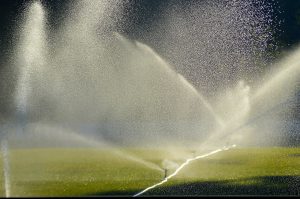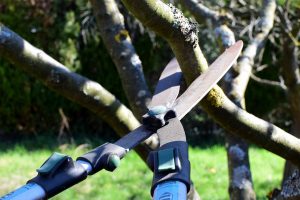Planting fruit trees in your backyard can be a rewarding experience. And they are a very important piece of building a self-sufficient backyard (see our overview here).
Not only do fruit trees provide a beautiful landscape, but they also produce delicious fruit that you can enjoy for years to come. If you’re planning on planting fruit trees in your backyard, here are some tips to help you get started.
Choose the Right Fruit Tree
Before you start planting, it’s important to choose the right fruit tree for your backyard. Different fruit trees require different growing conditions, so consider the climate, soil type, and amount of sunlight your backyard receives. Some fruit trees require full sun, while others can tolerate partial shade. Also, consider the size of the tree at maturity and make sure it’s appropriate for your space.
Prepare the Soil

Once you’ve chosen the right fruit tree, it’s time to prepare the soil. Make sure the soil is well-drained and fertile. If the soil is too compact, mix in compost or other organic matter to improve drainage and nutrient levels. It’s also a good idea to test the soil’s pH level to ensure it’s in the optimal range for your chosen fruit tree.
Plant the Tree
When planting the fruit tree, make sure to dig a hole that’s deep and wide enough to accommodate the roots. It’s important to plant the tree at the same depth it was in the container, with the soil level just above the root flare. This will ensure that the tree doesn’t sink too deep into the soil, which can cause damage to the roots.
Water the Tree

After planting the tree, water it thoroughly to help settle the soil around the roots. In the first year, it’s important to keep the soil around the tree moist but not waterlogged. You can do this by watering the tree deeply once a week, or more often during hot, dry weather.
Fertilize the Tree
Fruit trees require regular fertilization to ensure healthy growth and fruit production. It’s important to choose the right fertilizer for your fruit tree and follow the manufacturer’s instructions for application. In general, it’s best to fertilize in the early spring, just before the tree begins to grow new leaves.
Prune the Tree

Pruning is an important part of fruit tree maintenance. Regular pruning helps to promote healthy growth and fruit production, as well as keeping the tree in good shape. It’s best to prune fruit trees during the dormant season, just before the tree begins to grow new leaves.
Protect the Tree
Fruit trees can be vulnerable to pests and diseases, so it’s important to protect them from damage. You can do this by keeping the area around the tree clean and free of debris, as well as using pest and disease control measures as needed. You can also use protective netting to keep birds and other animals from eating the fruit.
In conclusion, planting fruit trees in your backyard can be a fun and rewarding experience. With the right care and attention, you can enjoy a bountiful harvest of delicious fruit year after year. By following these tips, you’ll be well on your way to creating a beautiful and fruitful backyard orchard.




